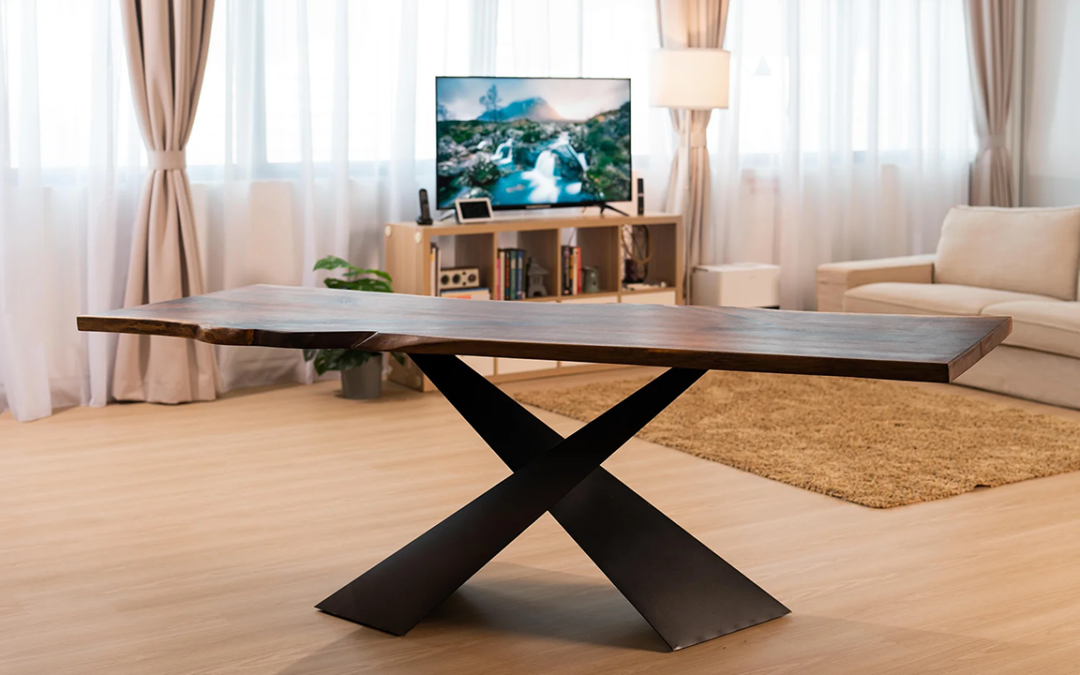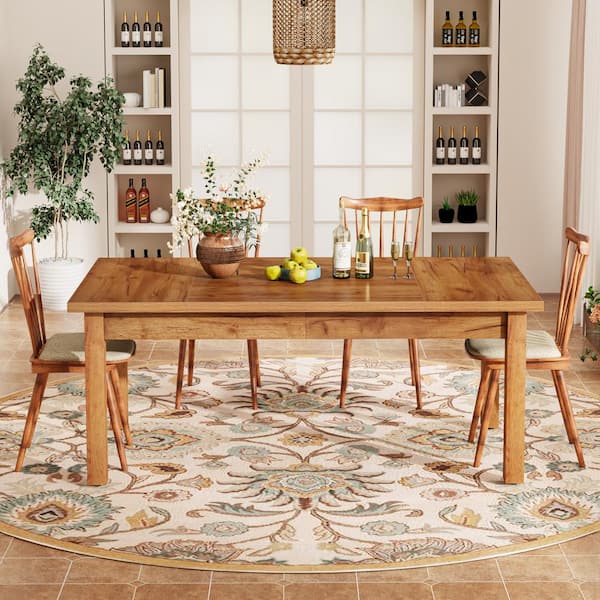Dining Room Table Legs: What to Think about Before You Purchase
Selecting the Perfect Dining Table: What Styles Job Best for Your Home?
Choosing the perfect table for your home can be a nuanced process that balances looks and capability. Whether your area leans in the direction of typical style, modern minimalism, rustic appeal, or commercial chic, the selection of designs offered can cater to varied preferences. Each layout offers one-of-a-kind benefits and difficulties that can either improve or interrupt your dining location's consistency. Comprehending exactly how various materials, forms, and sizes interact with your existing decoration is crucial. To browse these options efficiently and locate a table that genuinely matches your home, think about the adhering to facets carefully.
Analyzing Your Space
Assessing the measurements and format of your eating area is a critical primary step in choosing the best eating table. Begin by gauging the length and size of the room, making up entrances, home windows, and various other building features that can influence table placement. This guarantees that your table not only fits but likewise permits comfortable motion around it.
Take into consideration the variety of people you normally entertain. A table should suit your family's day-to-day demands while offering enough adaptability for periodic visitors. As a regulation of thumb, allot at the very least 24 inches of table size per individual to make certain a comfy dining experience.
It's likewise vital to preserve suitable clearance around the table. Preferably, there need to go to least 36 inches between the table side and wall surfaces or other furniture, making it possible for very easy accessibility and activity. For rooms where chairs with arms or extra storage units like buffets are entailed, boosting this clearance to 48 inches is suggested.
Lights and environment play significant duties. Make sure that your eating table aligns with existing lights fixtures or plan for ample illumination solutions. This thorough spatial evaluation guarantees that your table not only fits literally however also integrates with your room's total performance and aesthetic.
Popular Table Styles

Typical eating tables often feature luxuriant details, bent legs, and abundant wood surfaces, stimulating a sense of timeless beauty. They are excellent for homes with classic design or those looking to include a touch of class to their dining area.
Modern eating tables focus on simplicity and clean lines, often incorporating products like glass and steel. These tables are optimal for contemporary areas, providing a streamlined and minimalist look that complements minimal style viewpoints.
Rustic table, on the various other hand, highlight natural products and a handmade appearance - dining room table legs. They often include reclaimed timber and a distressed finish, developing a warm and inviting ambience. These tables work well in farmhouse-style homes or those looking for a comfortable, organic feel
Industrial dining tables incorporate resources such as steel and wood, often showcasing an utilitarian visual. This design is well-suited for lofts or city areas, including a touch of tough appeal and longevity to the dining experience.
Each design offers distinctive advantages, making it necessary to choose one that straightens with your home's overall design and your personal preferences.
Product Choices
When selecting a dining table, the option of product plays an essential duty in establishing both the table's appearances and capability. Timber, metal, glass, and composite materials each offer one-of-a-kind benefits click to read more and challenges, making it critical to straighten the material with your home's decor and lifestyle demands.
Timber is an ageless and versatile option, offered in varieties such as oak, walnut, and mahogany. Known for its toughness and heat, timber matches both traditional and modern insides. However, it calls for routine upkeep to stop scratches and bending.
Steel tables, often crafted from stainless-steel, light weight aluminum, or wrought iron, are commended for their modern appeal and robustness. They are specifically suited for industrial or minimal settings but can be prone to damages and might really feel cold to the touch.
Glass eating tables bring an air of sophistication and great post to read openness, suitable for smaller rooms as they produce an illusion of more area. While easy to clean, glass can be at risk to spots and requires mindful taking care of to avoid chips and fractures.
Composite products, such as MDF and plywood, offer economical and adjustable options, though they might lack the durability of natural materials. Choosing the right material ensures your dining table is both a functional property and an aesthetic delight.
Shape and Dimension Factors To Consider
After figuring out the ideal material for your table, the next consideration is picking the right sizes and shape to fit your space. The form of the table significantly affects the area's aesthetic and capability. Rectangular tables, one of the most typical shape, are ideal for bigger spaces and can fit a greater variety of visitors. They likewise permit for a more formal dining experience. Conversely, round tables cultivate a sense of intimacy and are superb for smaller dining areas, motivating discussion by removing corners and making everybody really feel equally included.
Size is just as essential and need to be dictated by both the room's dimensions and the variety of people you prepare to seat routinely. Generally of thumb, designate at the very least 24 inches of table width each to ensure comfortable eating. In addition, take into consideration the table's clearance area: there ought to go to the very least 36 inches between the table side and the wall surfaces or various other furnishings. This makes certain that diners can walk around quickly without really feeling cramped. Extending tables supply flexibility if you often hold bigger gatherings, offering additional seats when required without occupying additional space daily. Picking the best sizes and shape ensures both functionality and aesthetic harmony in your dining location.
Matching Your Decoration
Selecting a dining table that balances with your existing decor is crucial in developing a natural and welcoming room. Begin by assessing your present indoor layout style, whether it be modern, traditional, rustic, or eclectic. The table should enhance the general aesthetic, not take on it. As an example, a streamlined, minimalist table with clean lines is suitable for a modern home, while a vintage, elaborate table fits an extra traditional setting.
Color and material are just as substantial. If your design includes warm tones and all-natural materials, think about a wood table to improve the natural feeling. Alternatively, a glass or metal table may be better in an area dominated by cool shades and industrial aspects. Take notice of the finish, as it must mirror various other furnishings and fixtures to keep consistency.
A rough-hewn, reclaimed wood table can add character to a rustic area, while a sleek marble surface area can raise a luxurious dining location. A well-matched dining table not just enhances visual charm yet navigate here also enriches the total dining experience.

Verdict
Picking the excellent eating table requires careful factor to consider of area, style, products, form, and dimension. Standard tables enhance classic interiors with abundant wood surfaces, while modern-day tables match modern settings via glass and steel.